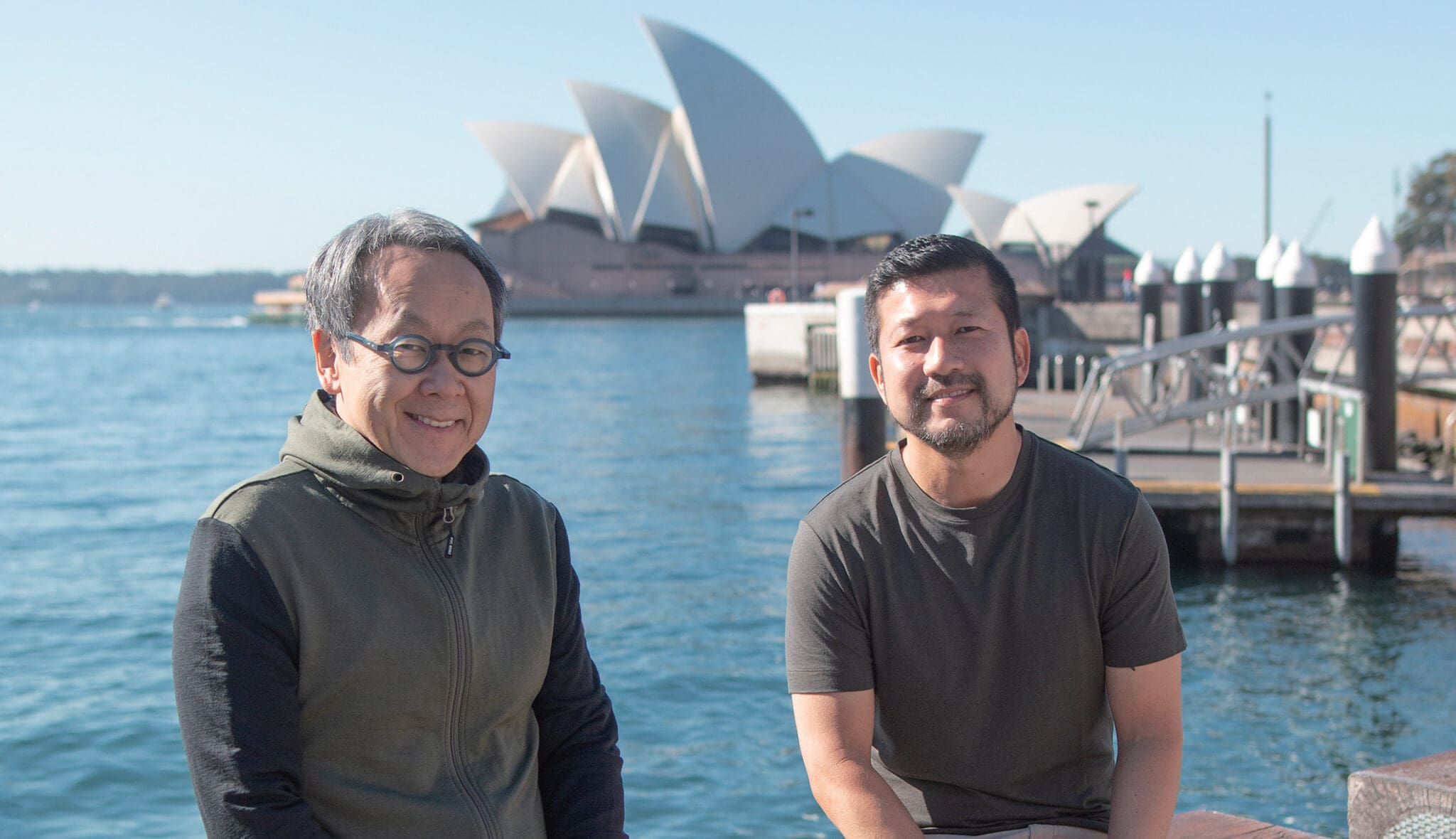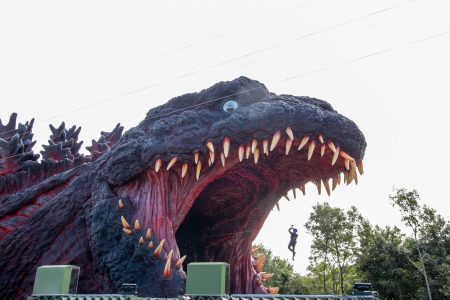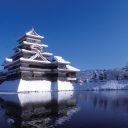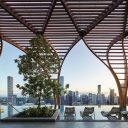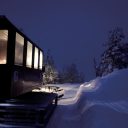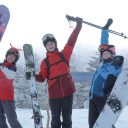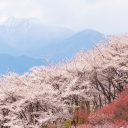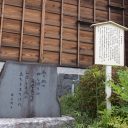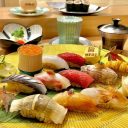
Yoshiharu Hoshino, CEO of Hoshino Resorts (the top resort in Japan) and government advisor to Asashikawa City (the largest city on the Powder Belt), and Yoshinori Sakuno, group managing director of doq® (a marketing company based in Sydney) and Asahikawa tourism ambassador who helps to bridge the gap between Australia and Japan, sat down to discuss what makes the Powder Belt so great.
(Photography in Sydney: Satoko Clarke)
PROFILE
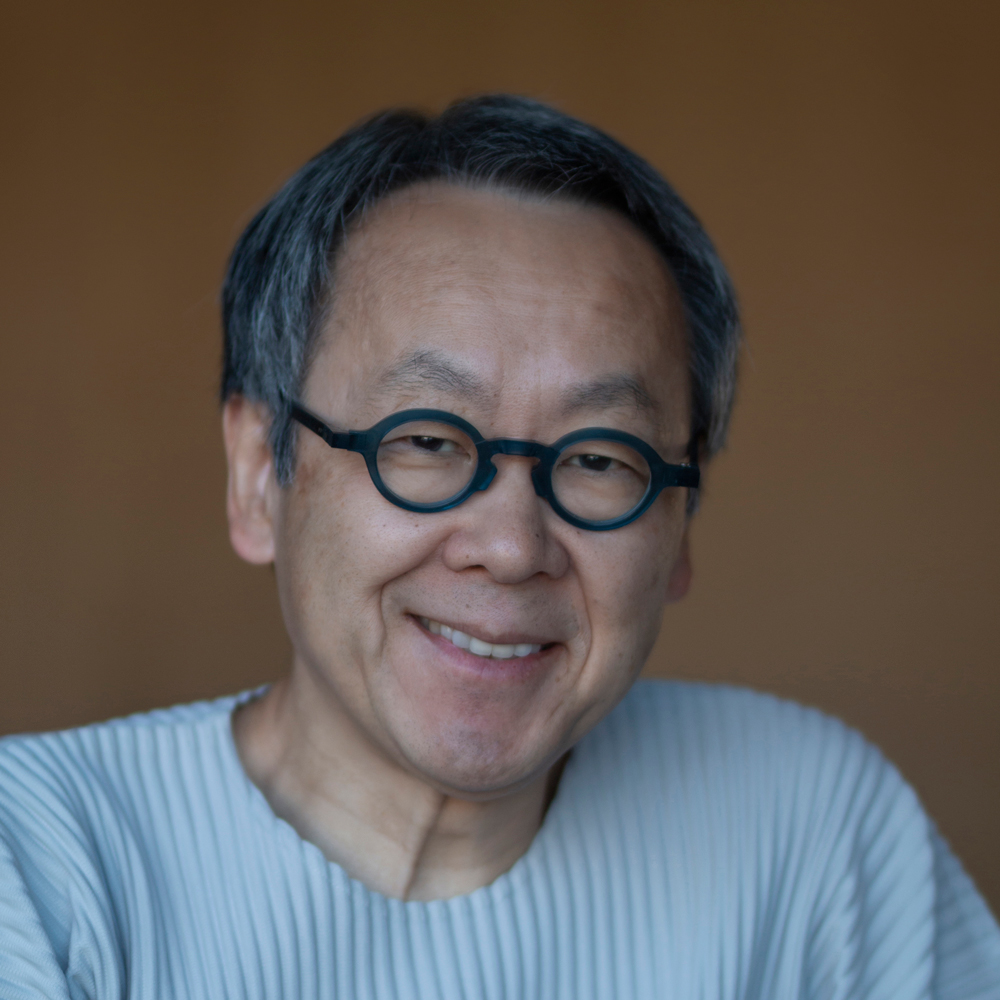
Yoshiharu Hoshino
Asahikawa City Government Advisor
After graduating from Keio University, Yoshiharu attended the Cornell School of Hotel Administration. In 1991, he was appointed as the CEO of Hoshino Onsen (now Hoshino Resorts). He focused on his operational specialisation strategy to rebuild RISONARE in Yamanashi, Alts Bandai inFukushima, and TOMAMU in Hokkaido, before opening HOSHINOYA Karuizawa in 2005. Yoshiharu currently operates 59 hotels centred around the HOSHINOYA, KAI, RISONARE, OMO, and BEB brands. He also makes frequent media appearances as the “Entrepreneur of Resort Revival.”
PROFILE
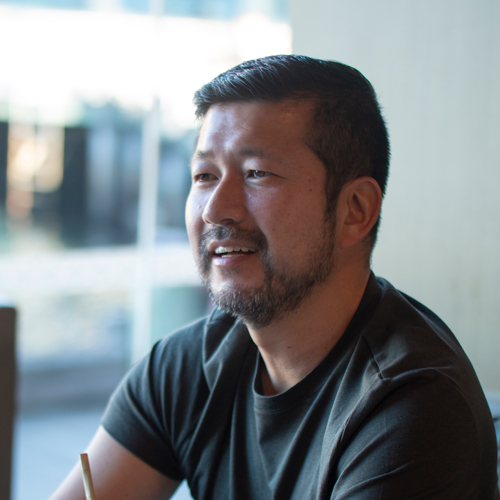
Yoshinori Sakuno
Asahikawa Tourism Ambassador
Yoshinori is the founder and group managing director of doq® and founded the company in 2009 after gaining experience in the APAC and US markets at the American advertising company, Leo Burnett Worldwide. He received his MBA at the UNSW Australian Graduate School of Management, and master’s degree in Digital Media Management at Hyper Island Singapore. Yoshinori was a finalist for the Ethnic Business Awards, which recognises migrant company founders, and won the 2021 Premier’s NSW Export Awards in the Creative Industries category.

Sakuno: Could you please share the key attractions of the Powder Belt, specifically for Australian travellers? What aspects are appealing, in your view?
Hoshino: The area I refer to as the “Powder Belt” is located in the middle of Hokkaido, right in the centre, where there is an incredible region of powder snow. It starts from Tomamu and includes Tomamu, Furano, and the surrounding Asahikawa area. I call it the Powder Belt because, essentially, Japan’s snowfall is influenced by a specific atmospheric structure. In essence, cold air coming from the continent absorbs moisture over the Sea of Japan. When this moisture-laden air hits the mountains in Japan, especially those around 3000 metres high, it creates a mechanism that generates massive snowfall. While there are various mechanisms for snowfall around the world, this is the reasoning behind Japan’s snow accumulation.
Sakuno: So the driving factor behind the high-quality snow in the Powder Belt can be credited to the unique weather formations.
Hoshino: That’s right. When it comes to the snow hitting the mountains, it’s not the light, fluffy kind; it’s surprisingly wet and heavy. As you move towards the central part of the island, it transforms into dry, powdery snow in the truest sense of the term. There are various names for this, with some people calling it “aspirin snow” (due to its fine, powder-like nature), and others using different terms. On the west side, near the sea, the snow is wet, while in the central region, it’s powder—this is where the concept of dry, powdery snow comes from.
Sakuno: What sets Hokkaido apart from the rest of Japan?
Hoshino: The island of Hokkaido has a completely different structure from the rest of Tohoku—there are actually ski resorts with a high amount of snowfall on the west side. Places like Niseko, Kiroro, and Rusutsu have a significant amount of snowfall. Conversely, in areas with heavy snowfall, the snow doesn’t fully melt until early April or May, allowing for skiing until then. When you go towards the central area, the snowfall tends to decrease inversely. So, although you can generally enjoy skiing until around the end of March or early April, the quality of snow during the months of January and February, for example, is better than on the western side.
Sakuno: I hear there’s also an initiative called the “Powder Belt Season Pass,” which is a collaboration between Kamui Ski Links in Asahikawa, Furano, and Tomamu. That sounds great for the area. How is Asahikawa in terms of accessibility?
Hoshino: It’s such a convenient location in terms of accessibility. There’s a mountain near Asahikawa called Asahidake and by flying to the city, you can find yourself at the summit of it approximately two hours after departing from Tokyo. Flying into Asahikawa lands you right in the heart of the Powder Belt. This might be its most significant feature.
Focus on the quality, not the quantity, of snow

Sakuno: Firstly, let’s talk about the amount and quality of snow. Many Australian skiers, in recent times, use mobile apps and similar tools to check the amount of snowfall and decide where to go. However, in the current context, that’s actually a major misconception. It’s not just about the quantity; it’s about the quality. To assess quality, consider whether the snow is wet or dry. Unfortunately, information clearly indicating this is not readily available. Therefore, understanding where is wet and where is dry, as explained in your previously-mentioned mechanism, and then deciding on your skiing location based on that is crucial. In doing so, areas on the east side of Japan, including the Powder Belt, as well as locations in Hokkaido, specifically not just Niseko and Kiroro but the inner, eastern, and central regions, become viable options.
Hoshino: When you go completely to the eastern coast there is actually no snow at all. It’s the same in Tohoku and Nagano, right in the middle. It’s almost as if there is a Powder Belt throughout Japan, and not just in Hokkaido.
Sakuno: This is new information for Australian skiers, I believe, because Australians tend to value snowfall the most. Both New Zealand and Australia are countries where there is usually little snowfall. However, in Japan, it’s considered normal for it to snow. But you have to consider not just whether or not it snows but also which places offer good quality.
Hoshino: Japanese people also pay attention to the amount of snowfall. In fact, the amount of snowfall determines how long you can ski, up until a certain month. Therefore, in areas on the snowy side and western side where there is a large amount of snow, you can actually ski until May. This is a characteristic of those areas. However, this is not relevant to Australians because they have summer vacation in January. At that time, the focus is on the quality of snow in January and February, determining which places are ideal. I think it’s interesting that when you consider this aspect, your choice of destination may change.
From Tokyo to the summit of Asahidake in three hours
Sakuno: I see, that is indeed something new. The second point I’d like to touch on is accessibility. I had the opportunity to experience this with you. When I returned to Japan last time, we met at Haneda at around 7:00 a.m., boarded the plane, and by 10:30 a.m., we were already at the summit of Asahidake (laughs). Three and a half hours hours after leaving Tokyo, we were posing at the top of Asahidake and were able to enjoy backcountry skiing from there. The accessibility is amazing, isn’t it?
Hoshino: Well, what’s great is that the Chitose Line is very convenient as it’s close to Sapporo, but it’s not that big. You can go across, get in a car, and in forty minutes from Asahikawa Airport, you’re on Asahidake’s ropeway lift. I think the ease of mobility is also a characteristic of that area.
Sakuno: Thank you for providing information that suggests we might start to encounter Australians quite frequently in the Powder Belt area. I really appreciate it (Laughs) !
Hoshino: They gradually are increasing. In the Furano area, there are Australians who stay at family-run accommodations and such. I often encounter them.
Sakuno: That’s pretty eye-opening. Could you also talk a bit about the charm of après-ski, for example, in places like Asahikawa or perhaps around the town of Higashikawa (if we’re talking about stays). What makes those areas so attractive?
Hoshino: I did declare Asahikawa as a ski city and I stand by it. Although I only manage one hotel, the appeal of Asahikawa as a ski city extends beyond just my establishment. The advantage of staying at a ski resort, like the ski-in-ski-out places in Tomamu, is that you have excellent access to the slopes. However, the trade-off there is inevitably the variety of food options, especially when staying up in the snowy mountains. So, when it’s snowing heavily and you can’t ski, your options for things to do become limited. However, if you happen to stay in Asahikawa City and decide to choose from the surrounding ski resorts, there are more options than just skiing on days when a storm hits—in fact, you might want to skip skiing altogether.
Sakuno: What could possibly take you away from the slopes?
Hoshino: Just being in Asahikawa City opens up a lot of possibilities. For example, there are popular attractions like Asahiyama Zoo, which has become a fantastic and well-loved zoo, perfect for a family outing. And then, the options for evening dining expand significantly. Being in the city, you have access to bars, restaurants, and cafés, all within the city limits. What’s noteworthy is that these options come at quite reasonable prices. It’s much more budget-friendly compared to staying at a resort, and you have a wide range of choices. I believe this is also a distinctive feature of Asahikawa City.
The Japanese-favourite Asahikawa ramen and the growing coffee culture in the snowy region
Sakuno: Speaking of Asahikawa, it’s famous for its ramen, and Australians really love ramen.
Hoshino: Yes, when it comes to famous ramen in Japan, of course, there is Hakata in Kyushu. However, when it comes to renowned ramen places amid snowy mountains, it would be Kitakata Ramen and Asahikawa.
Sakuno: Kitakata is in Aizu, right?
Hoshino: Yes. Places like Kitakata Ramen have lines from the morning. The same goes for Asahikawa. Famous ramen shops always have lines.
Sakuno: Another aspect that I personally think may surprisingly appeal to Australians is the coffee culture in Asahikawa.
Hoshino: The coffee culture here isn’t something that has been around for a long time; it feels like it has emerged more recently. At the same time, the area around Asahikawa is a major production site for soba (buckwheat noodles) in Japan, although it’s not widely known. That’s what makes noodle dishes in Asahikawa so great. If I elaborate a bit more, just a bit outside Asahikawa City, there is a place called Higashikawa Town. It’s close to the airport and has a charming atmosphere, resembling a small and lovely town in the northernmost region of Japan’s Hokkaido. Patagonia is opening a shop there and Montbell already has. With various shops favoured by skiers are gradually popping up, I wouldn’t be surprised if Kathmandu joins them eventually, especially considering all the Australians coming in (laughs).
Sakuno: However, the fact that Montbell and soon-to-be Patagonia are open there suggests that they are probably anticipating for not only the winter season but also the green season.
Hoshino: That’s right. Mountain bikers and trail runners have started forming a bit of a community there. They’re out riding or running every day. As for coffee, it’s Yoshinori Coffee. They are also in Higashikawa.
Sakuno: It’s a coffee shop with a dedication to quality coffee that makes you wonder how such delicious coffee can be found right in the middle of that rice field.
Hoshino: I recently discovered an incredibly interesting Mexican restaurant in Furano. It’s called “Ponsuke,” and it’s managed by a person named Ponsuke. The second Ponsuke restaurant opened in Higashikawa this July. It’s gaining popularity rapidly.
Sakuno: Duly noted! Finally, may I ask you to share what’s so appealing about the Powder Belt or perhaps convey a message to Australians?
Hoshino: Well, the beauty of the Powder Belt lies in the fact that Japan’s northern latitude is the highest, and being centrally located on the island, it receives dry snow. If you’re seeking quality snow, I believe Hokkaido’s Powder Belt is the best. If you want to enjoy it as a resort with your family and children, I think our Tomamu location is the most suitable. For those who want to ski or snowboard in various places, from intermediate to advanced levels, touring the belt through Tomamu, Furano, and Asahidake is my recommendation. Just one trip to five locations, spending two days at each, can provide around two weeks of enjoyment. In Tomamu, there are various types of cuisine to enjoy, including Asahikawa ramen, contributing to the overall cultural experience. It’s suitable for families, and embarking on a ski road trip while travelling around with a rental car can be a lot of fun. I believe the combination of skiing and road-tripping enhances the overall enjoyment even more.
Sakuno: That sounds like a great new travel suggestion. Thank you.

